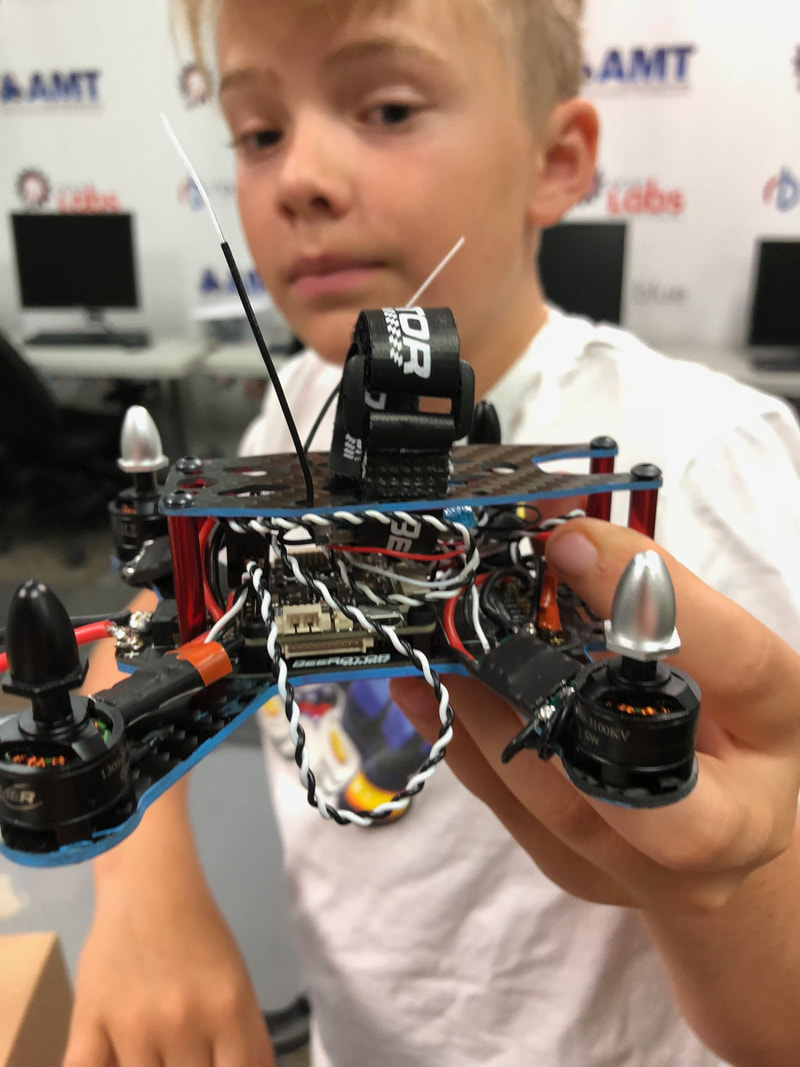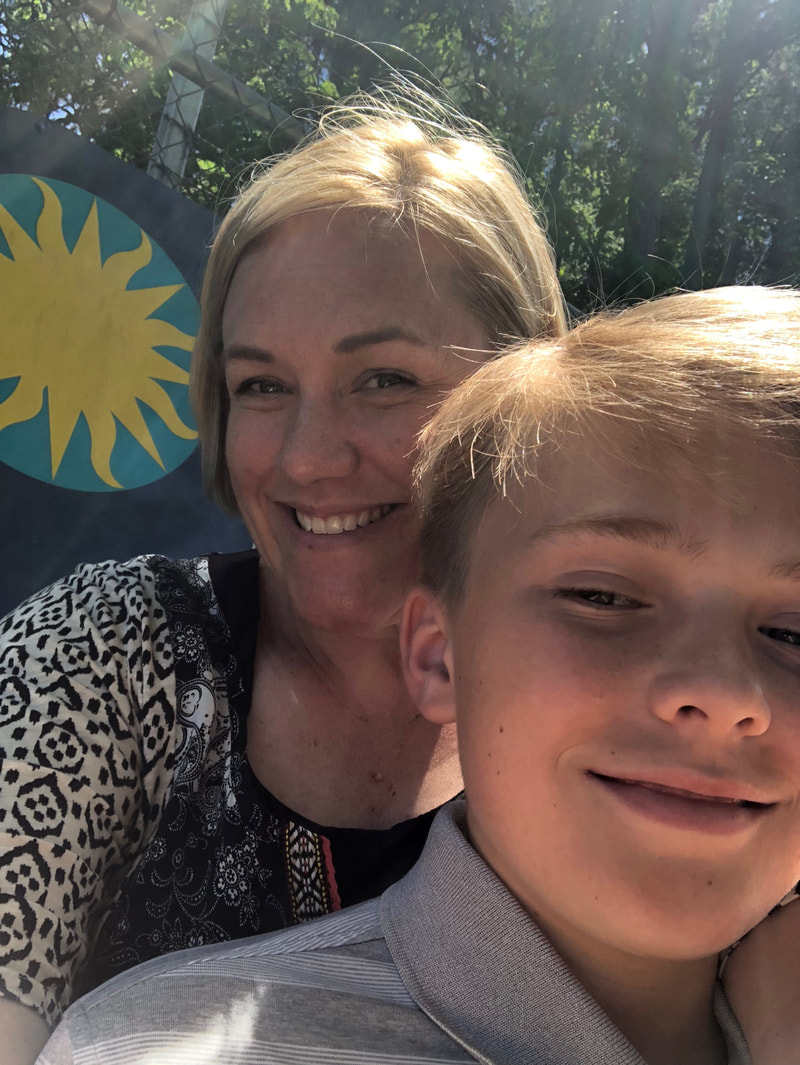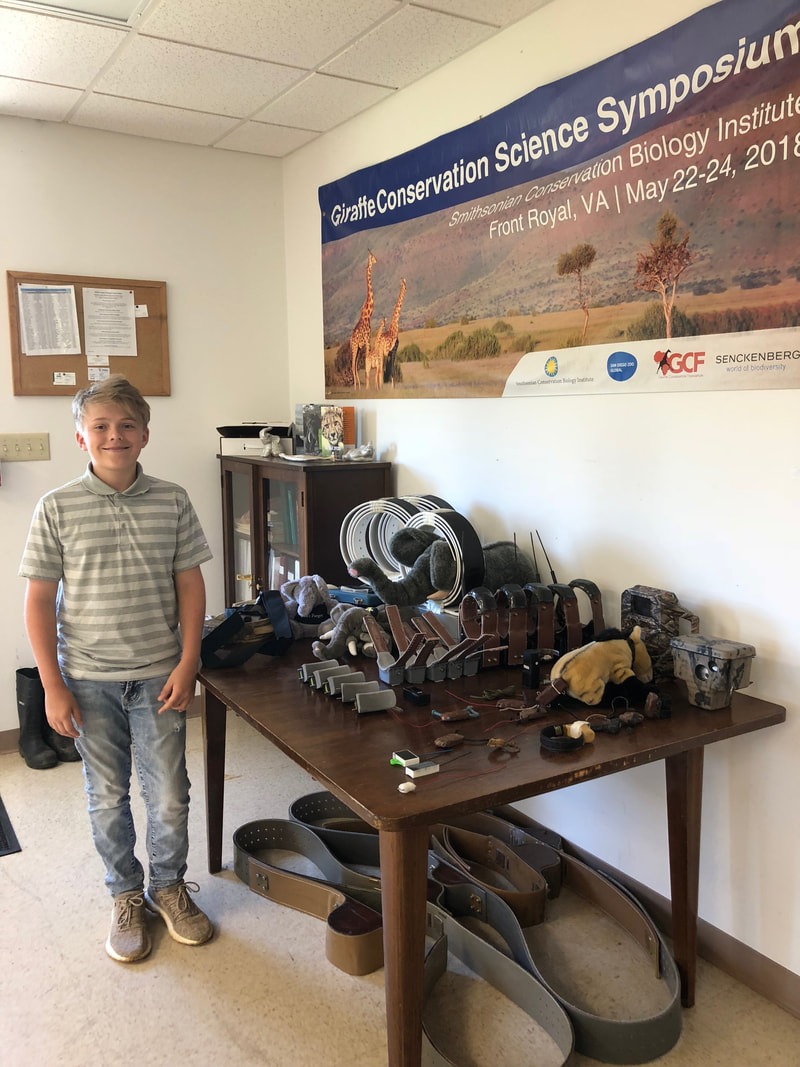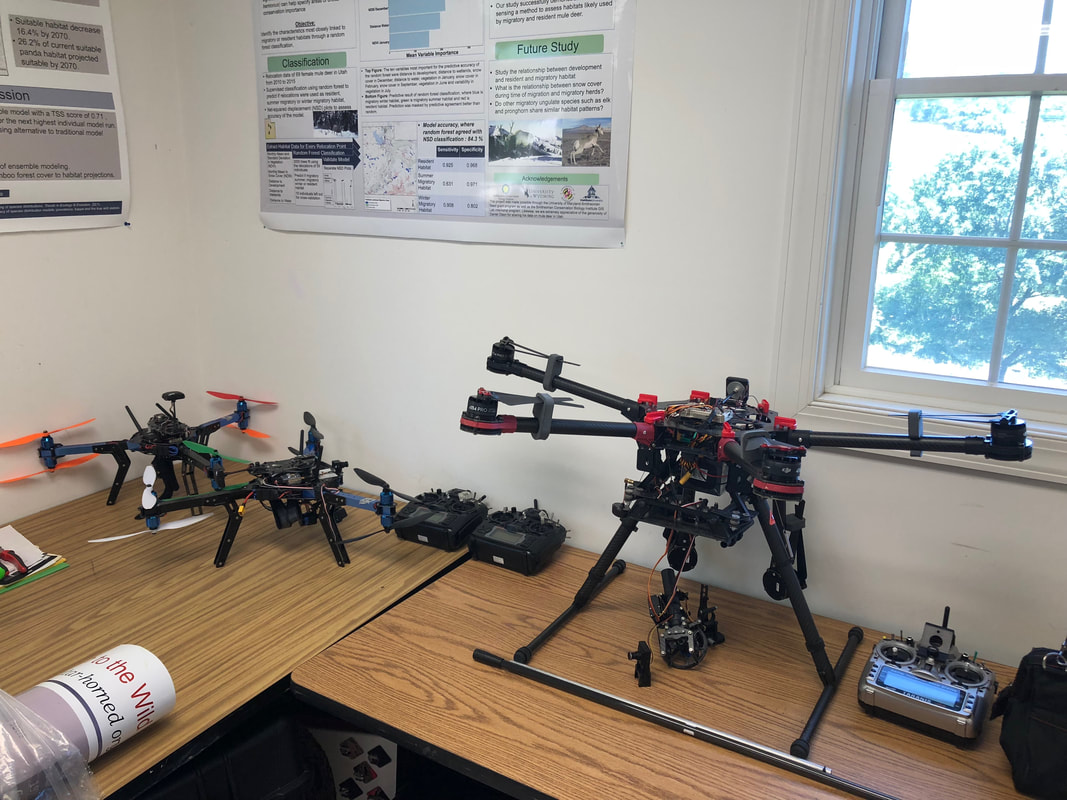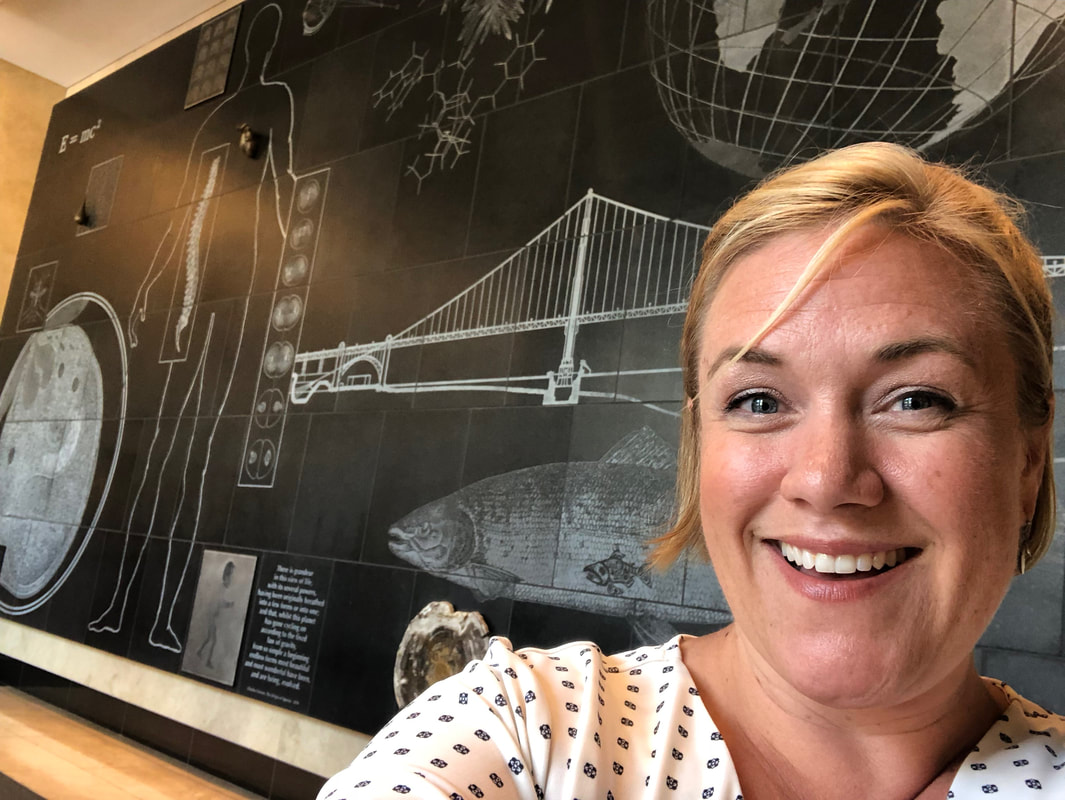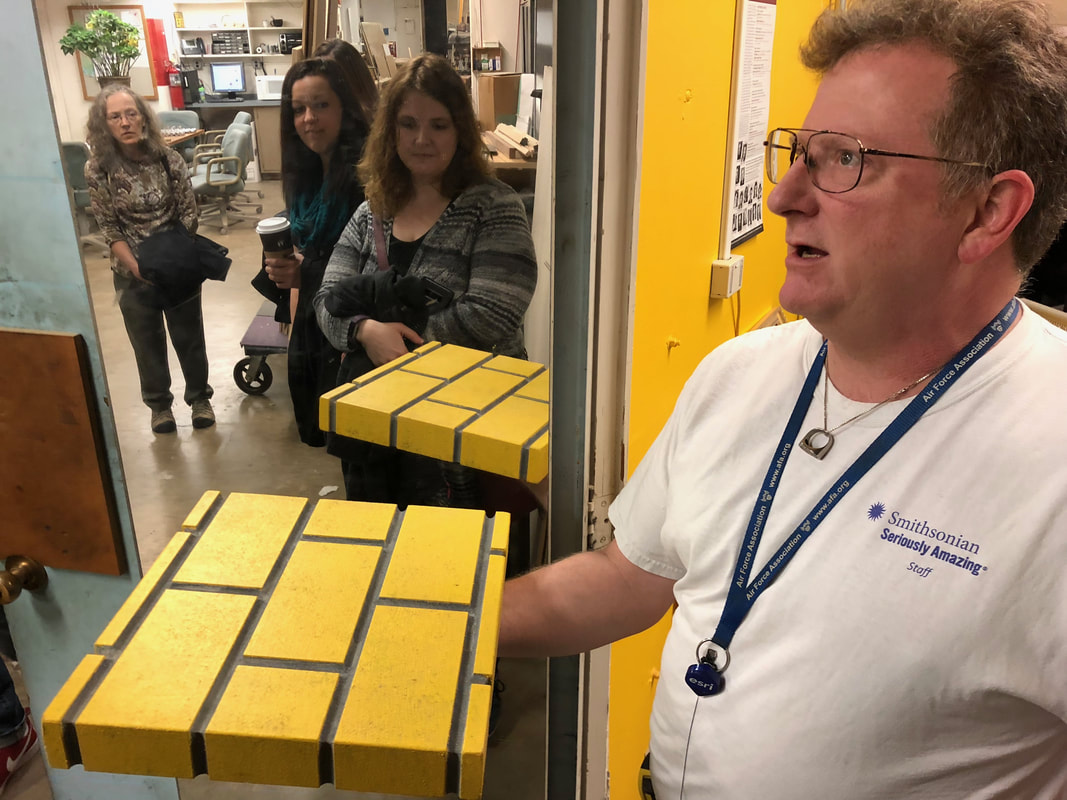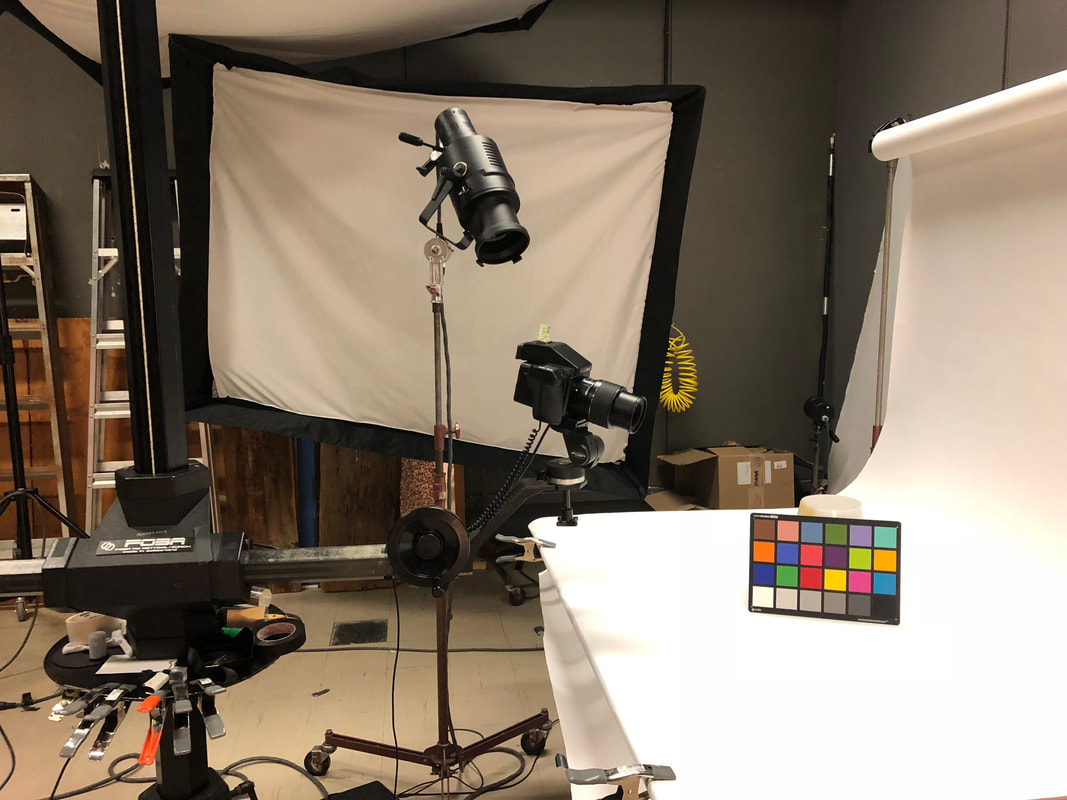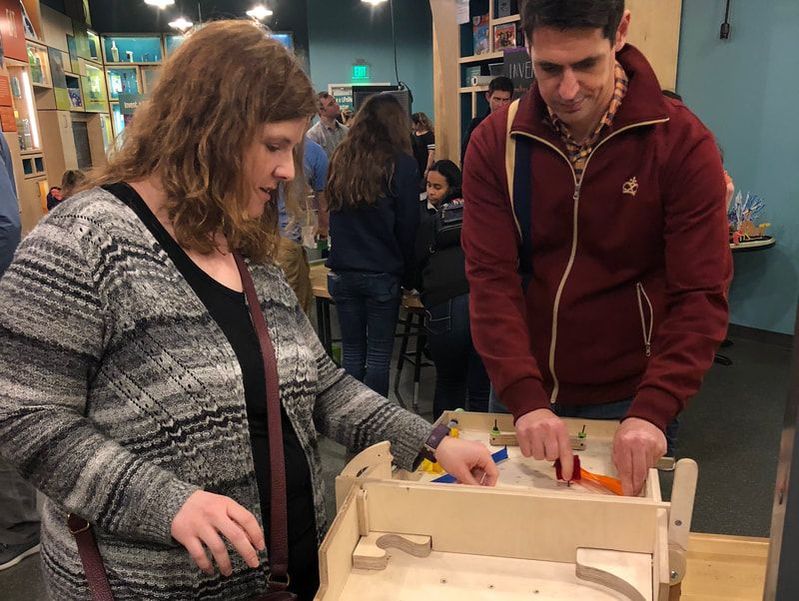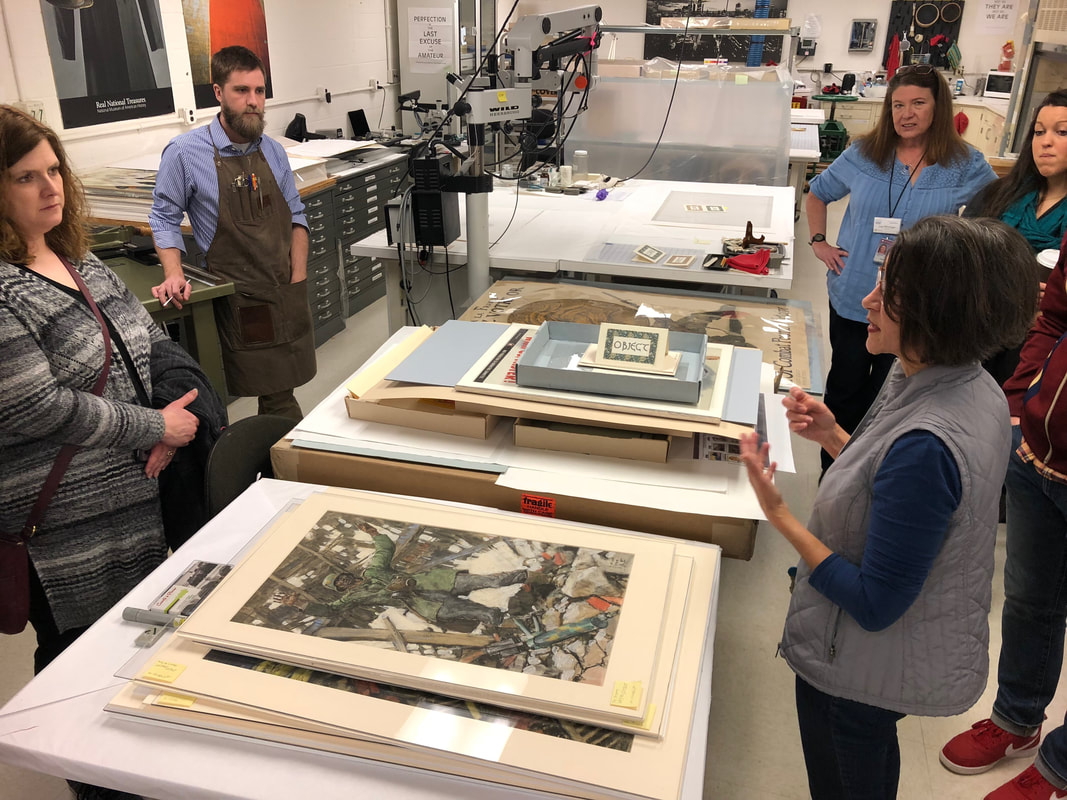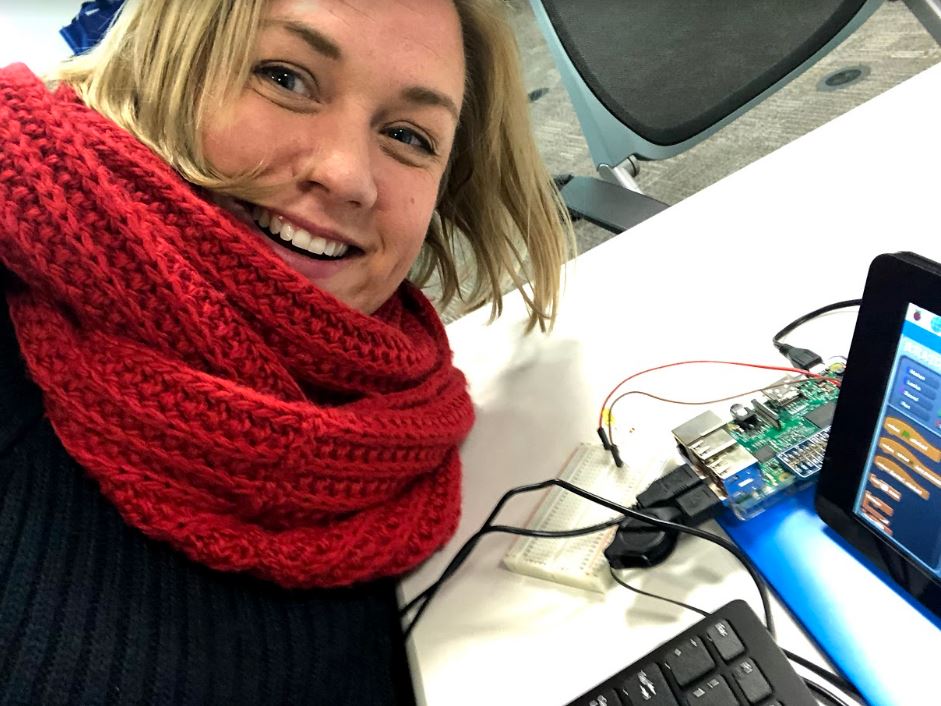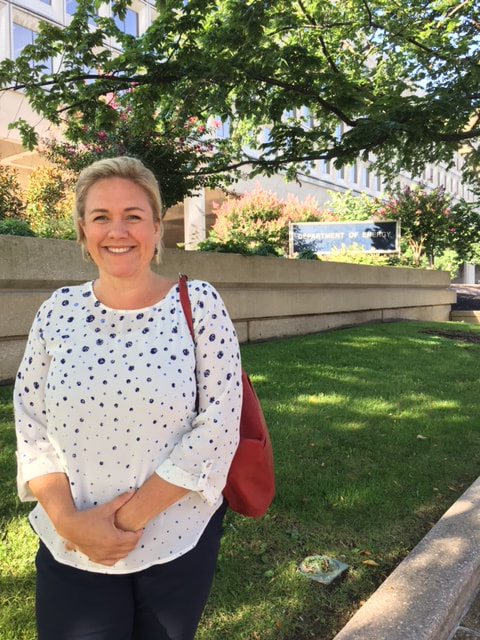|
Last week Carrick (my son) was at a week long day day camp in which he built and programmed a drone. As a 13 year old, he is on the front-line of the education initiatives focused on creating a workforce ready to design and build our engineered future. He had a great time at camp learning about electronics, computer programming, engineering design and of course, how to fly a drone! Observing his experience triggered my reflection about my own learning this year outside of my life-science comfort zone about computer science and engineering design principles. Carrick’s attendance at a drone camp was inspired by two events. First, there was an interactive drone demonstration at the Techstravaganza we attended at Thomas Jefferson High School of Science and Technology. Secondly, our family had the chance to visit the Smithsonian Conservation Biology Institute and learn about the technology and biology being used to conserve some of the planet’s most endangered animals. We were able to visit the lab in which the tools used to remotely monitor animal populations are designed and built. The SCBI is committed to finding ways to track animals without disruption, including the use of radio collars and drones. Carrick mentioned that he thought it would be a cool to have a job designing and flying drones for wildlife management. BINGO! Authentic and relevant motivation for learning about engineering, designing, building and coding. Kids need to learn about science, engineering, and technology because not only do they permeate nearly every facet of modern life but they also hold the key to solving many of humanity's most pressing current and future challenges. Carrick is lucky in that he has parents that have the time and financial resources to supplement his education with enrichment activities like a drone summer camp. While lots of kids have the interest, curiosity and motivation, not all kids have the opportunity for summer education enrichment. Luckily, engineering principles are a growing part of K-12 education. The National Academies of Science Engineering and Medicine (NASEM) states that, “Teachers at all grade levels increasingly are using the principles and practices of engineering to capture the attention of students, improve their learning of STEM and spark their interest in engineering careers.” Reforms stimulated by the Next Generation Science Standards are reinforcing this trend, as the NGSS standards codify the opportunity for integration between science and engineering practices. As of now, nineteen states plus the District of Columbia have adopted the NGSS and another 12-14 have adopted standards that are based on NGSS (in some cases, the state standards are identical to the NGSS but for political reasons they are repackaged by the state). Throughout the fellowship I have seen how many different careers rely on knowledge of engineering principles. For example, in February the Fellows went "behind the scenes" at the Smithsonian Museum of American History. We were able to see the exhibit design workshop, the photography studio and the paper preservation lab. Each stop on our tour provided an example of how people are applying STEM knowledge to creative careers and how the engineering design-test model is relevant to so many different applications. In addition to engineering, this year I have also learned more about computer programming. A highlight was learning about computational thinking and computer science with the Raspberry Pi during one of the Einstein Fellowship professional development meetings. The Raspberry Pi is a credit-card sized computer which can be connected to a monitor, keyboard and mouse. The Pi can be used to understand how computers work and are programmed. During our PD, the fellows explored circuitry and physical computing by using GPIO pins on the Raspberry Pi interface with electronic components such as a breadboard, jumper wires, and LEDs to code a flashing light! I was super proud when mine light started flashing! I plan on taking some of my newfound knowledge about engineering and computing back to my classroom. I am motivated to try a lesson I found in which students code an LED light attached to a Raspberry Pi to flash in accordance with their heartbeat! Given his new coding and engineering skills, I might have Carrick help me with the project!
|
Archives
July 2018
|
I give many of my IB Biology resources away, for the benefit of students and teachers around the world.
If you've found the materials helpful, please consider making a contribution of any amount
to this Earthwatch Expedition Fund.
Did I forget something? Know of a mistake? Have a suggestion? Let me know by emailing me here.
Before using any of the files available on this site,
please familiarize yourself with the Creative Commons Attribution License.
It prohibits the use of any material on this site for commercial purposes of any kind.
If you've found the materials helpful, please consider making a contribution of any amount
to this Earthwatch Expedition Fund.
Did I forget something? Know of a mistake? Have a suggestion? Let me know by emailing me here.
Before using any of the files available on this site,
please familiarize yourself with the Creative Commons Attribution License.
It prohibits the use of any material on this site for commercial purposes of any kind.
